Painting is the art to describe emotion through figures and shapes. It is non-verbal communication. It consists of the practice of applying pigments on any solid surface. The term “painting” in art refers to both the action and its outcome. The visual art form of painting is significant because it incorporates drawing, composition, gesture (as in gestural painting), storytelling (as in narrative art), and abstraction. Paintings can be realistic and photorealistic, abstract, narrative, symbolist, emotional, or political.
In general words, Painting is the expression of thoughts and feelings in a two-dimensional visual language while generating certain aesthetic characteristics. The forms, lines, colours, tones, and textures of this language are utilized in a variety of ways to create the illusion of dimension, space, movement, and light on a flat surface.
15 Fascinating Facts About Painting
1. Paintings have been produced by humans for up to 30,000 years
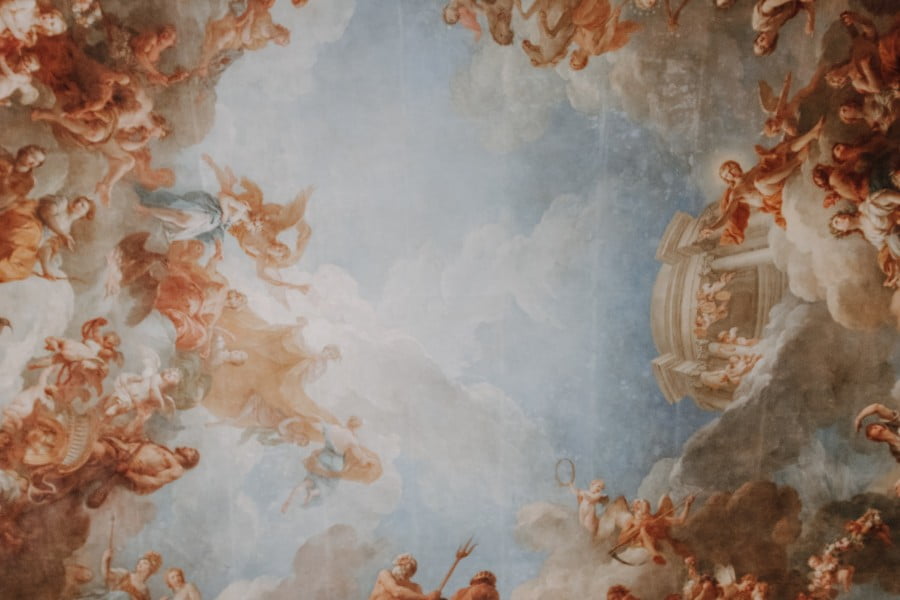
Early Homo sapiens might have created the first cave paintings 30,000 years ago using charcoal, red or yellow ochre, hematite, and manganese oxide. They would have been mashed up to create an early kind of paint. Additionally, fat and blood from animals were utilized.
2. The 14th century is when the earliest recorded oil paintings were created
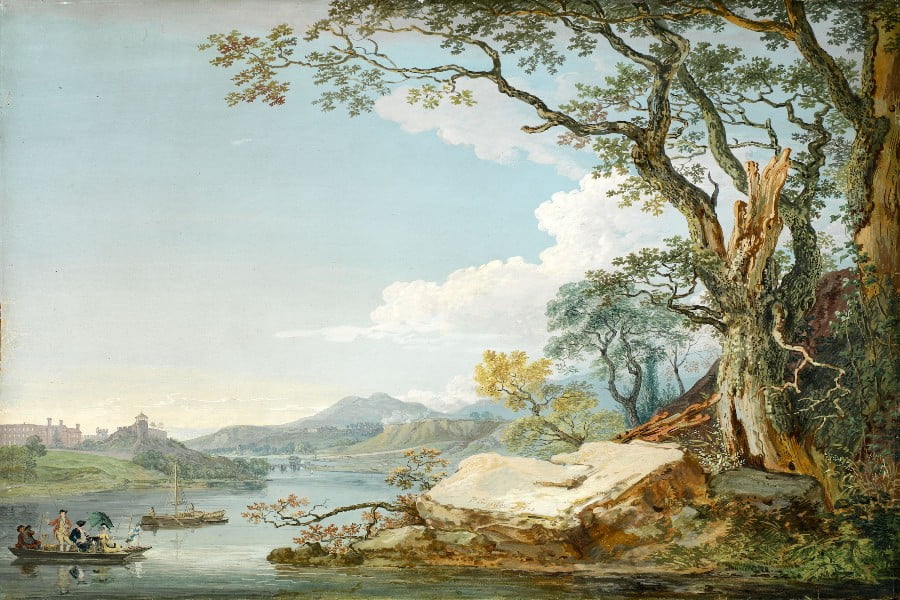
Artists had to combine the dried colours into a paste using egg yolk before linseed oil was introduced to paint!
3. The Paint was once kept by artists in the bladders of animals
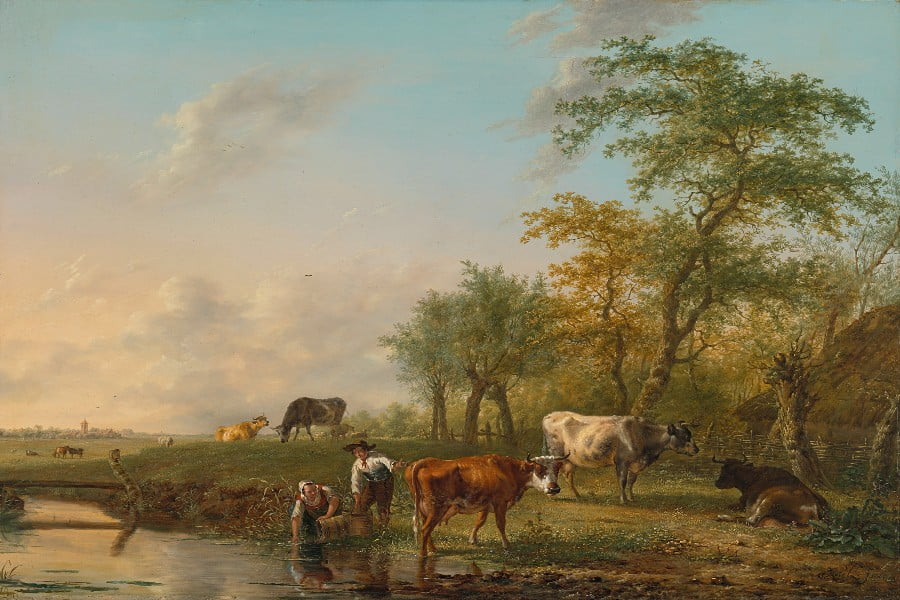
Before the paint tube was created in 1841, bladders were made into lovely handbags!
4. The Paint Industry Underwent Changes During World War II
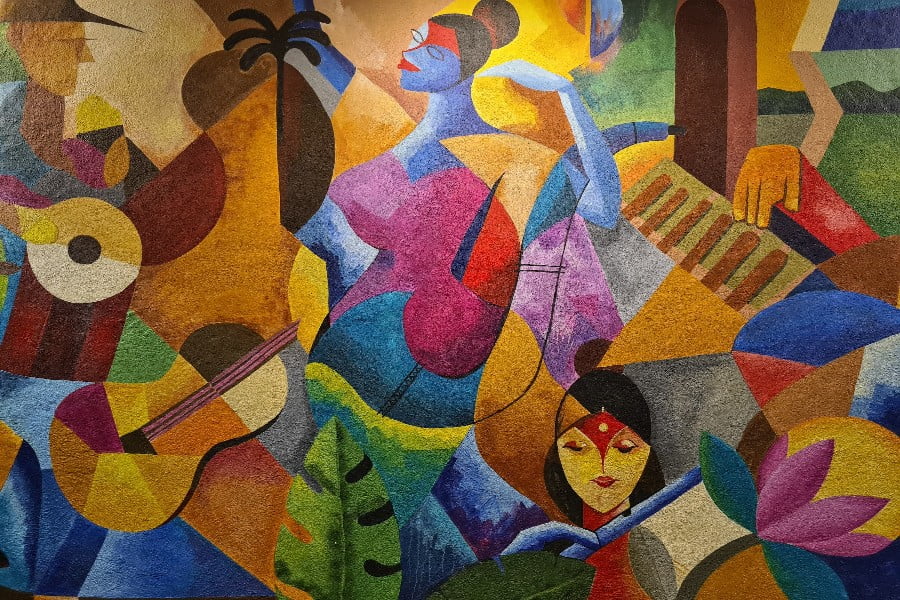
Due to a shortage of linseed oil during World War II, paint makers were forced to look for other materials. Artificial resins, which were affordable, maintained colour well, and had a long shelf life, were developed as a result.
5. Only in the 1950s did acrylic paint become widely available in stores
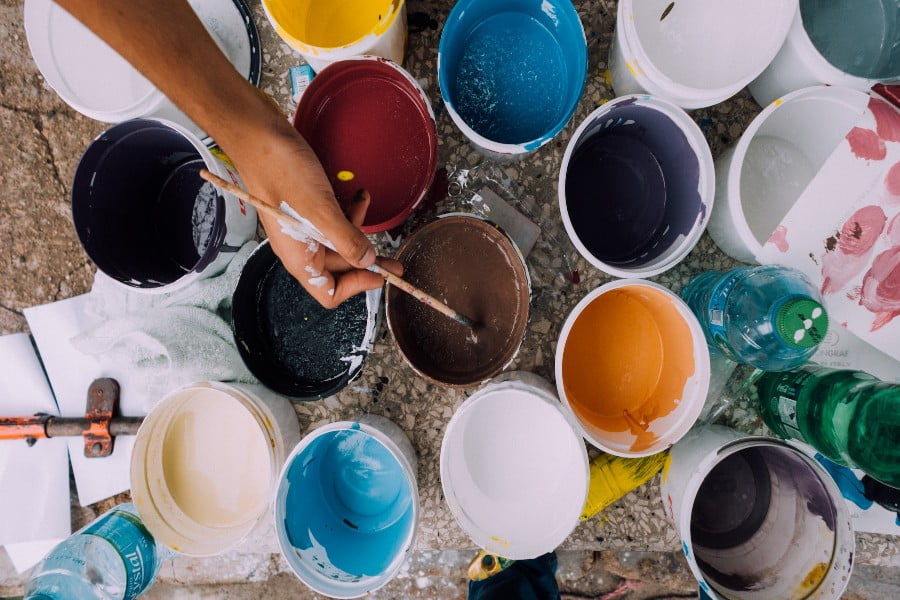
German scientist and inventor Otto Röhm filed for a patent on the resin in 1915, and it was further improved until it was widely accessible, making painting simpler for artists.
6. It takes 2 Weeks for oil paint to dry
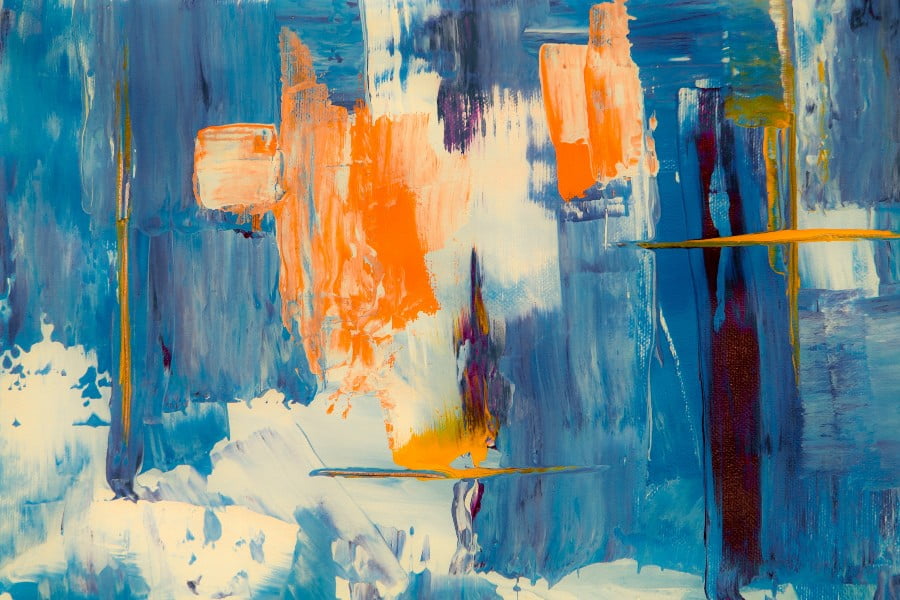
The drying time for various oil paint kinds and colours ranges from 12 hours to 2 weeks. You can add a varnish once two weeks have passed. Be aware, however, that museum curators do not deem oil paintings completely dried since several decades have passed.
7. Acrylic paints can take up to two hours to dry
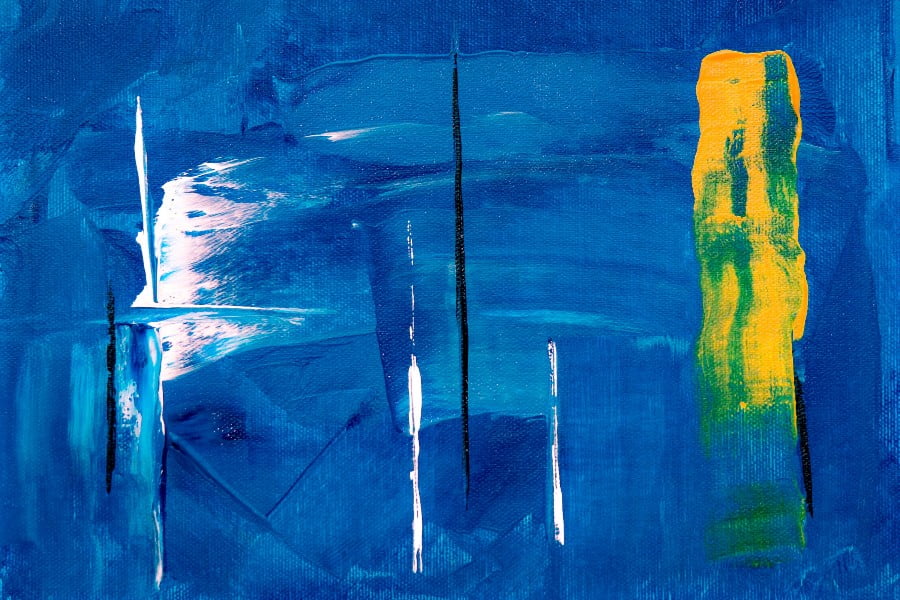
You can keep them moist with a moisture-retaining palette and a water spray bottle!
Read also – 20 Unknown Fun Facts about Airplanes
8. Painting the White House requires 570 gallons of paint
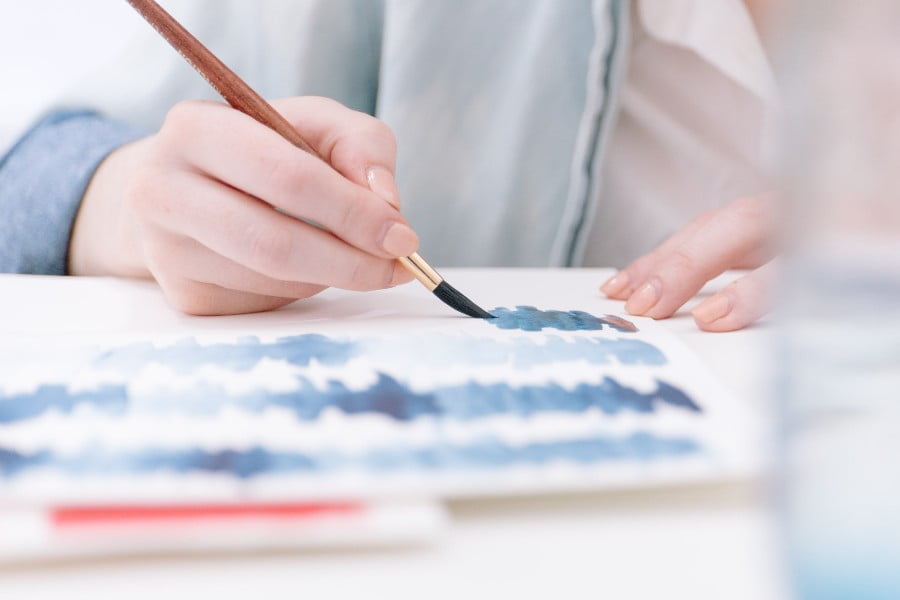
In 1798, a lime-based whitewash was first applied to the President’s House’s sandstone exterior. It now takes 570 gallons of paint to paint the outside using Duron’s “Whisper White.” Paint is frequently removed from the sandstone during repairs and then reapplied. $20,000 worth of expenses overall!
9. In 1949, the first spray paint was created!
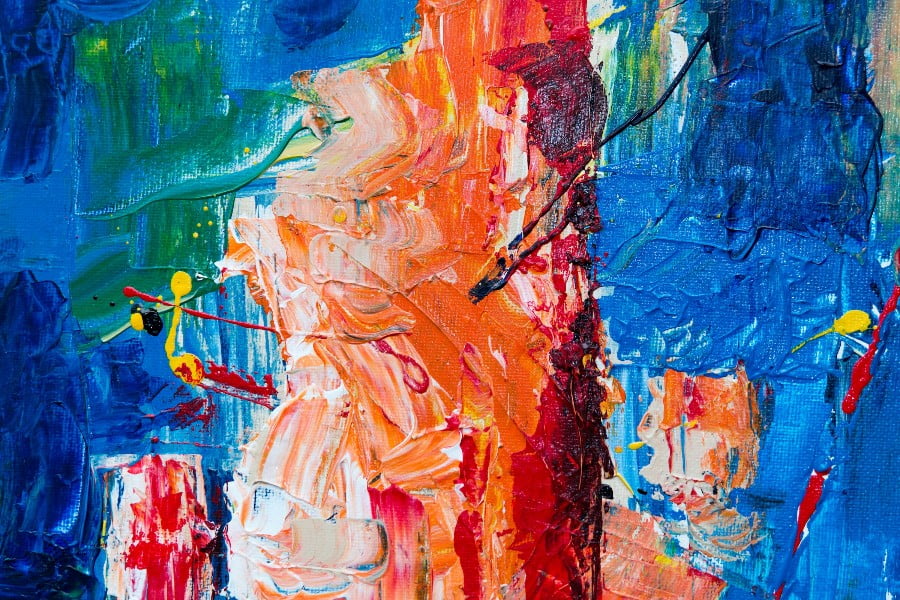
At the idea of his wife Bonnie, Edward H. Seymour incorporated paint into the already-existing spray can technology. Graffiti artists took use of its advantages for working quickly and illegally in the 1970s.
10. Many well-known individuals support acrylic paint
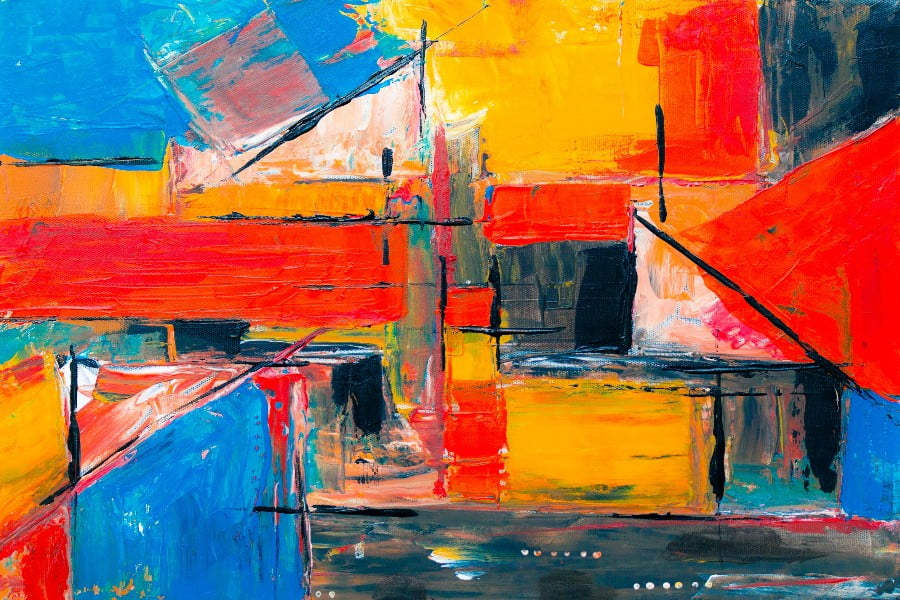
The famous painters Roy Lichenstein, Andy Warhol, Bridget Riley, and Mark Rothko are just a few of the admirers of acrylic paint there are!
11. The Olympic Games once included a competition in art

Abs and drug scandals weren’t always the focus of the Olympics. The Baron Pierre de Coubertin, who created the modern Games, was smitten by the notion that a real Olympian was a gifted athlete and artist. Because of him, medals were awarded for works of literature, music, art, and sculpture that were inspired by sports from 1912 through 1948.
12. The Mona Lisa receives so many love notes that she has her mailboxes in the Louvre
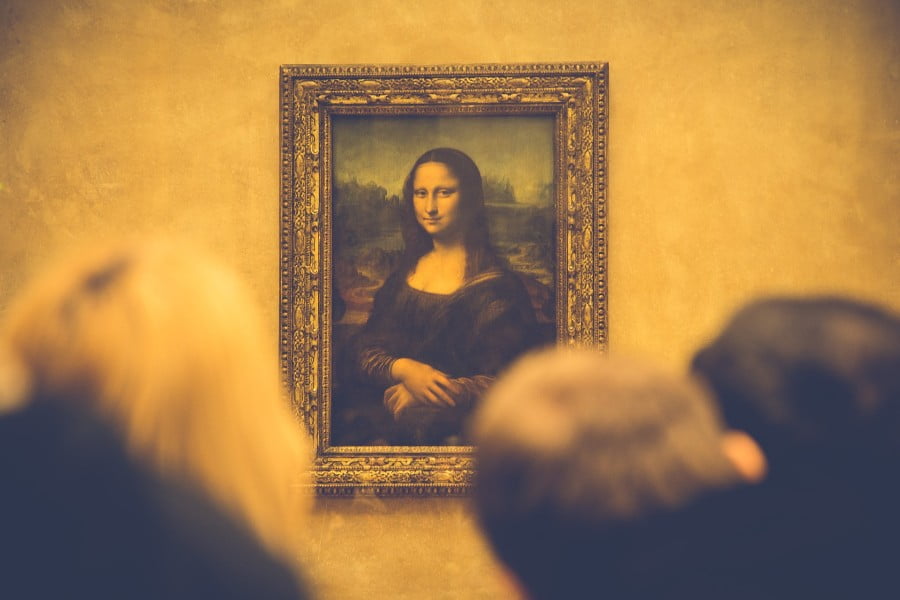
Many people have left the portrait offers of flowers, poetry, and yes, love letters throughout the years after falling victim to its “limpid and flaming eyes.” According to legend, in 1852, artist Luc Maspero pushed this fervour to a new height, and then a low, by jumping over a hotel balcony because “For years I have battled hopelessly with her grin. To go to my grave would be preferable.” Who knew that appreciating art could be so ominous?
13. The colour wheel predates American history
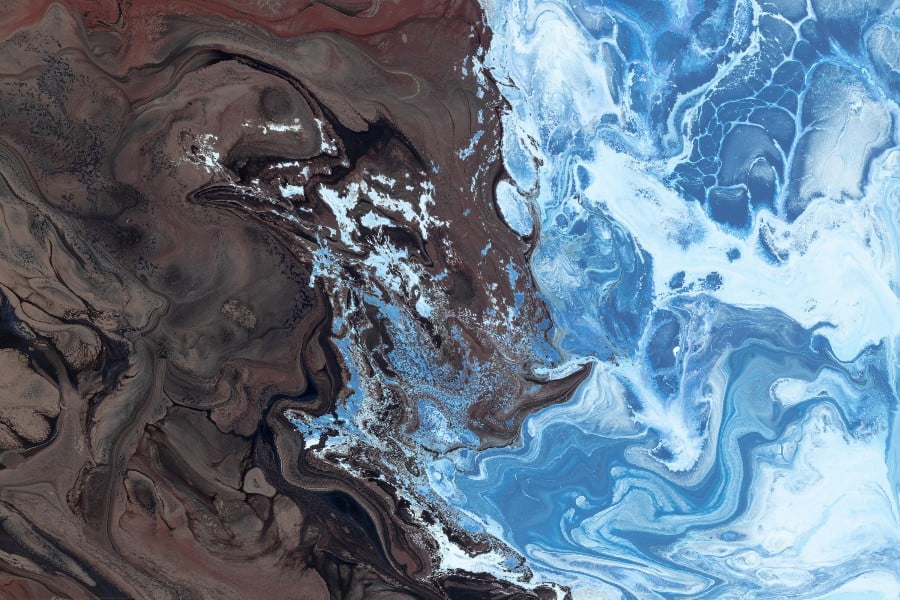
This is astounding considering the US is one of the founding nations of contemporary democracy. By diffracting white sunlight into its six colours, Sir Isaac Newton created the colour wheel in 1706. It was a novel realization to realize that light alone was the source of colour, and the colour wheel was especially helpful for painters since they could now quickly choose the best colour complementation.
14.Willard Wigan, a creative person, once smoked his creation
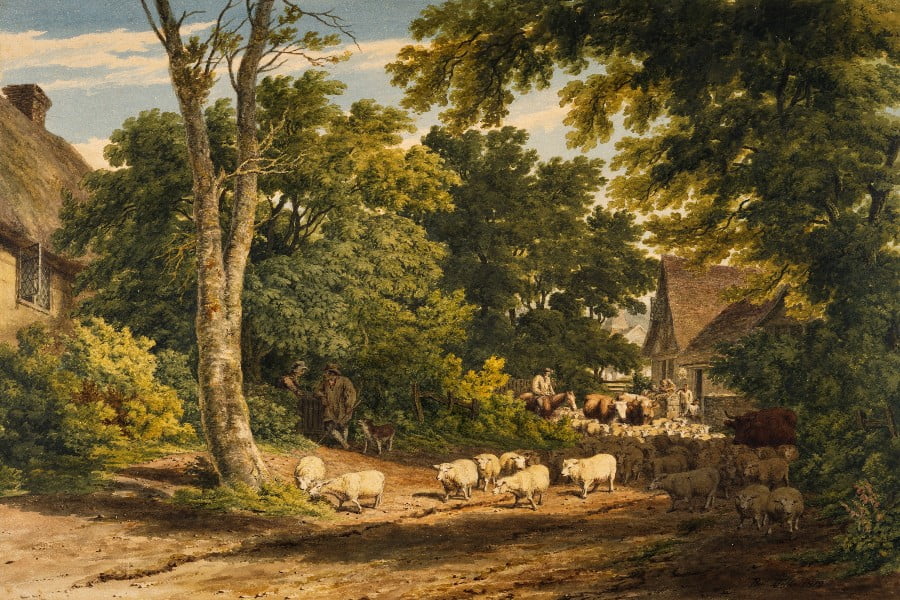
What is that, do you ask? He breathed in paint. The dude must be huge! No. Wigan creates “micro-sculptures,” which are so small they can only be seen under a microscope. To produce his art, Wigan must lower his heart rate and operate in the space between beats. He swallowed Alice from Alice in Wonderland, but it turns out that she was much better in the remake.
15. The Tate Modern Museum’s wall was covered with Banksy’s artwork in 2003
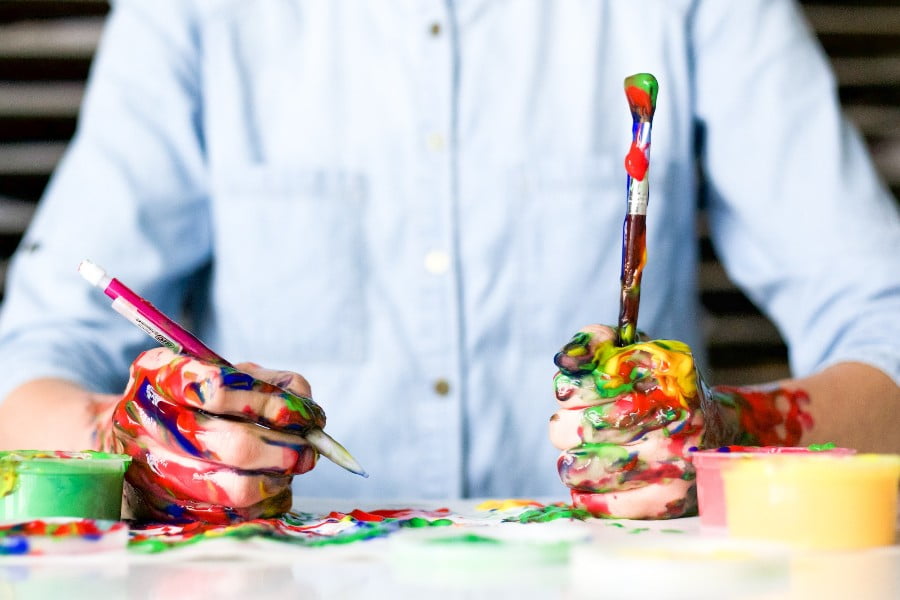
However, for a short period, Crimewatch UK Has Ruined the Countryside for All of Us was shown at one of the most renowned museums in the whole world. The joke was quickly undone by the insufficient glue used to assemble it. Additionally, it inspired Polish art student Andrzej Sobiepan to pull off a similar heist in 2005, when he successfully misrepresented his creations as being in the collection of the National Museum for three days.
In conclusion, art is present everywhere and is universal. Not just those who practice making art, but also those who consume it, benefit from it. We would not have been able to appreciate objects’ beauty if there was no art. To put it another way, art induces relaxation and helps us forget about our concerns.
Art is made of two-dimensional, flat, prepared surfaces painted with coloured paint to create realistic, creative, or abstract images. To evoke feelings of volume, space, movement, and light, the design components of line, colour, tone, and texture are applied in a variety of ways.
Read also – 10 Facts About Gol Gumbaz